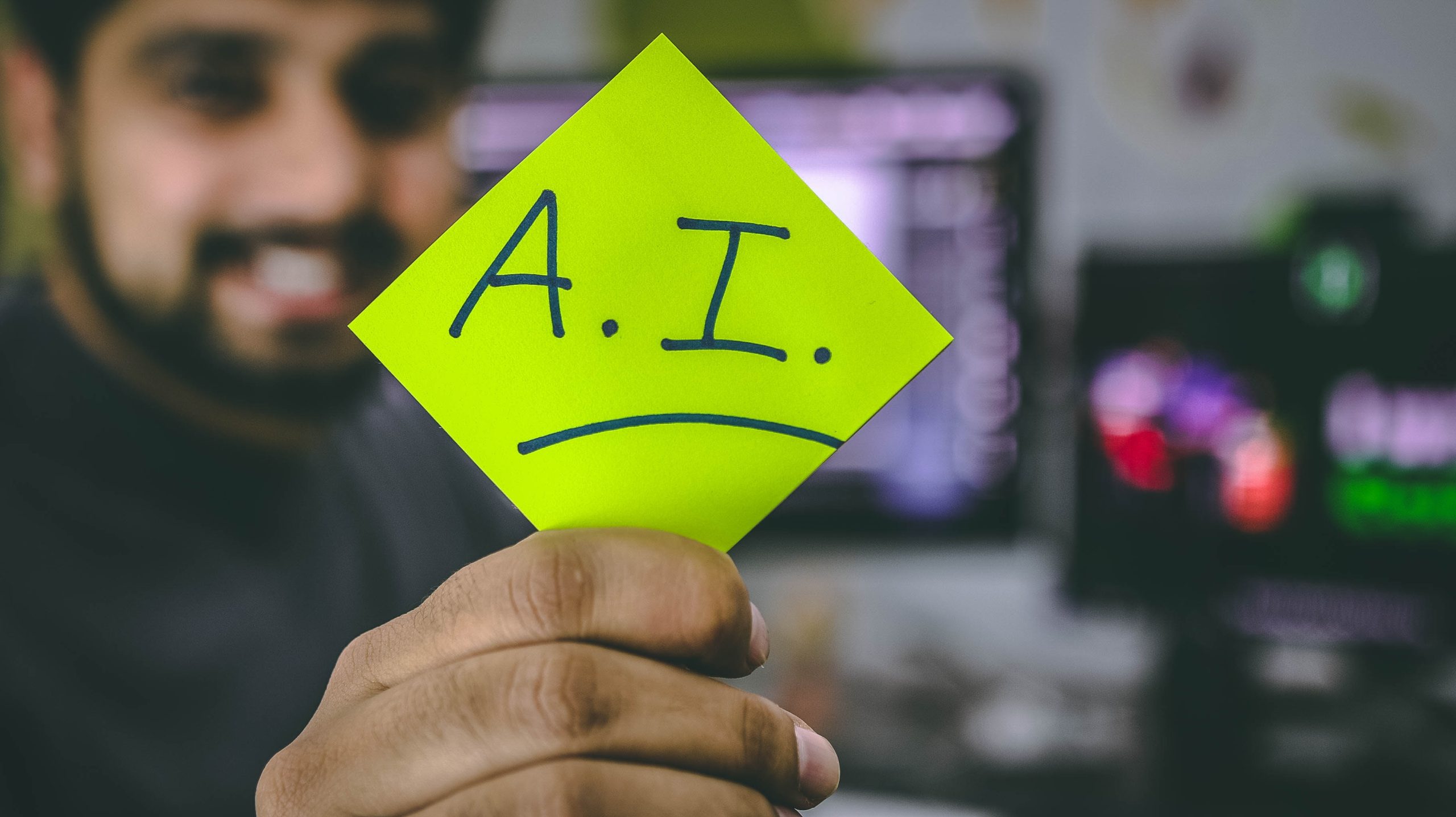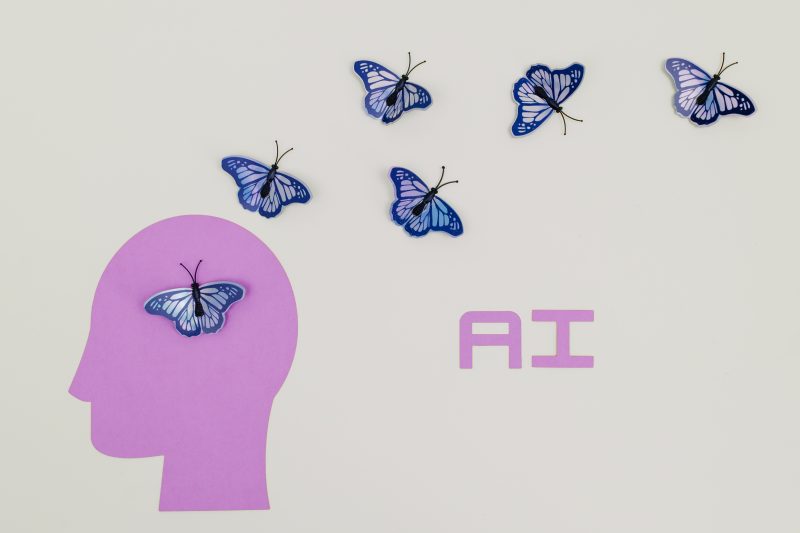Imagine a world where your smartphone can predict what you want to eat for dinner, your car knows the fastest route to avoid traffic jams, and your favorite streaming platform recommends movies tailored exactly to your taste. This may sound like science fiction, but it’s actually made possible by the powerful duo of artificial intelligence (AI) and machine learning. These two cutting-edge technologies work hand in hand to revolutionize our daily lives, enabling machines to learn from data, adapt, and make intelligent decisions without explicit programming. In this article, we will explore how AI and machine learning collaborate to create smarter systems that are redefining the realm of possibilities.
Defining AI and machine learning
AI, or artificial intelligence, refers to the ability of machines to perform tasks that typically require human intelligence. AI systems analyze vast amounts of data and use algorithms to make decisions or take actions. One key aspect of AI is machine learning, a subset of AI that focuses on enabling machines to learn from data without explicit programming. This process involves training models with labeled data and then using these models to make predictions or decisions based on new input.
Machine learning algorithms play a crucial role in enabling AI systems. These algorithms extract meaningful patterns and insights from large datasets, allowing machines to understand and interpret information more effectively. Machine learning can be categorized into three types: supervised learning, unsupervised learning, and reinforcement learning. Supervised learning involves training machine-learning models with labeled examples so they can learn how to apply labels correctly in future instances. Unsupervised learning operates without any labeled data and seeks relationships or patterns within unstructured information sets. Reinforcement learning involves training an algorithm through repeated trial and error interactions with an environment, where positive actions are rewarded while negative ones are discouraged.
In conclusion, AI encompasses the broader concept of developing intelligent machines capable of performing human-like tasks autonomously. Machine Learning is a critical component within this field as it provides the means for machines to learn from experience by recognizing patterns in huge amounts of data available today- all without explicitly programmed instructions! By understanding how these two concepts work together harmoniously enables us in unleashing their potential across various industries resulting in efficient decision-making processes driven by intelligent

Understanding the relationship between AI and machine learning
AI and machine learning are two intertwined concepts that have become increasingly important in today’s tech-driven world. While often used interchangeably, it is crucial to understand the relationship between these two fields. At its core, AI refers to the broader concept of machines or computer systems performing tasks that require human intelligence. On the other hand, machine learning is a subset of AI that focuses on using algorithms and statistical models to enable computers to learn and make predictions from data without being explicitly programmed.
Machine learning serves as one of the primary tools for building AI systems by providing them with the ability to learn from experience and improve their performance through iterative processes. It allows machines to discover patterns, identify trends, and make predictions based on large datasets. These capabilities enable various applications like recommendation systems, fraud detection, natural language processing, and image recognition.
However, it is important to note that not all AI systems rely on machine learning exclusively. While machine learning has been revolutionary in many domains, there are still areas where rule-based approaches or expert systems perform better. Understanding how these technologies work together helps us appreciate the diversity within AI and recognize when each approach might be suitable for solving specific problems.
In conclusion, while related concepts in the field of artificial intelligence (AI), understanding how AI and machine learning work together provides insights into their unique roles within this vast landscape. Machine learning acts as a key component for developing AI systems by enabling them to learn from data without explicit programming instructions. It empowers machines with knowledge gleaned from datasets through
The role of data in AI and machine learning
Data plays a crucial role in AI and machine learning. These technologies rely on large amounts of quality data to train models and make accurate predictions. Without the right data, AI systems would struggle to learn patterns, recognize objects or speech, or make decisions. In fact, the success of an AI system is directly correlated with the quantity and quality of the data it is trained on.
However, it’s not just about having vast amounts of data; its relevance is equally important. The right kind of data helps machine learning algorithms identify patterns that can be used for prediction and decision-making. For example, in image recognition tasks, a model needs access to a diverse range of images to accurately classify objects in real-world scenarios. Similarly, in natural language processing, a model needs access to text from various sources to understand different contexts and nuances within human language.
Moreover, continuous access to fresh and relevant data is essential for adaptive machine learning models. As new information becomes available over time, systems need updated datasets to stay up-to-date with evolving trends or changes in user preferences. Data-driven organizations are investing heavily in strategies like data collection automation and augmentation techniques like transfer learning—where knowledge gained from one task can be applied to another—to ensure their AI systems have a steady stream of high-quality training data.
In conclusion, while AI and machine learning algorithms provide the computational power necessary for processing vast amounts of information at lightning speed, they heavily rely on the availability and relevance of high-quality training data for effective results. Organizations should prioritize

The process of training AI with machine learning algorithms
Training AI with machine learning algorithms is a complex and intriguing process that requires data, algorithms, and computational power. At its core, the goal of training AI is to model the behavior of human intelligence by feeding it relevant data and teaching it how to make informed decisions. The process involves training the AI on a dataset, which can consist of thousands or even millions of pieces of information. Algorithms are then used to analyze this data, identify patterns, and make predictions based on those patterns. Over time, as more data is fed into the system and the algorithms improve, the AI becomes more accurate in its predictions.
One interesting aspect of training AI with machine learning algorithms is that it relies heavily on feedback loops. During the training process, the AI continuously receives feedback on whether its predictions are correct or not. This allows it to adjust its internal parameters and improve its accuracy over time. However, it’s important to note that these feedback loops don’t always guarantee success. Sometimes an incorrect prediction might lead to further incorrect predictions if not addressed properly. This highlights the need for careful monitoring and validation throughout the training process.
Another crucial factor in training AI with machine learning algorithms is bias mitigation. Since machine learning models learn from historical data (which may contain biases), there’s a risk that these biases could be perpetuated or even amplified by the AI system during training. To counteract this issue, researchers employ techniques like carefully curating diverse datasets or applying fairness constraints during algorithm development to reduce biased outcomes from occurring.
Applications of AI and machine learning in various industries
Artificial intelligence (AI) and machine learning have revolutionized various industries by introducing advanced technologies that enhance efficiency, accuracy, and productivity. One industry benefiting significantly from these advancements is healthcare. AI-powered systems can analyze vast amounts of medical data to assist in diagnosing diseases, identifying potential treatment plans, and even predicting patient outcomes. Moreover, machine learning algorithms can detect patterns in large datasets, enabling early detection of diseases such as cancer and reducing the overall cost of healthcare.
Another industry that has greatly embraced AI and machine learning is finance. These technologies have transformed customer experience by providing personalized recommendations for financial products based on individual preferences and risk profiles. Additionally, they can analyze market trends in real time to predict stock prices and optimize investment strategies. AI algorithms also play a crucial role in fraud prevention by continuously monitoring transactions for suspicious activities and flagging potential security breaches.
Furthermore, the retail industry has harnessed the power of AI to improve customer engagement through personalized shopping experiences. By analyzing previous purchasing behavior and browsing history, machine learning algorithms generate product recommendations tailored to each customer’s preferences. Retailers also leverage computer vision technology powered by AI to automate inventory management, monitor shelf availability, improve supply chain management processes, and even track customer behavior within physical stores.
In conclusion, the applications of AI and machine learning span across numerous industries with benefits ranging from enhanced diagnosis capabilities in healthcare to improved fraud prevention in finance as well as personalized recommendations in retail. As technology continues to advance rapidly, these industries will continue discovering new ways to

Potential challenges and ethical considerations
Potential challenges and ethical considerations arise when AI and machine learning are used in various industries. One major challenge is the issue of bias within algorithms. Machine learning models are trained on historical data, which means they can perpetuate existing biases present in that data. This is particularly concerning when these models are used in areas such as hiring decisions or criminal justice systems, where fairness and equal treatment are crucial. Addressing this challenge requires careful consideration of the training data used to develop the models, as well as ongoing monitoring and evaluation to ensure any biases or unfair outcomes are identified and corrected.
Another significant ethical consideration is the potential impact on jobs and workforce dynamics. AI technologies have already automated certain tasks, leading to concerns about job loss for workers whose skills become obsolete. Moreover, there is a potential for an unequal distribution of benefits from AI implementation, with some groups benefiting more than others. It becomes imperative for policymakers and companies to devise strategies to enable workers who may be displaced by automation to reskill or transition into new roles without adverse consequences. Additionally, steps must be taken to ensure that AI technology does not exacerbate existing socio-economic inequalities but instead contributes to a more inclusive society.
In conclusion, while AI and machine learning hold great promise for improving various aspects of our lives, there are several challenges and ethical considerations that need careful attention. Bias within algorithms can lead to discriminatory outcomes if not properly addressed, making it essential to continuously evaluate the fairness of these technologies’ outputs. Furthermore, the impact on employment opportunities must be considered
Conclusion: The future of AI and machine learning
The future of AI and machine learning holds immense potential and possibilities. As advancements continue to be made in technology and data analysis, we can expect AI and machine learning to become even more integrated into our daily lives. From self-driving cars to personalized virtual assistants, these technologies will enhance efficiency, productivity, and convenience.
One area where we can anticipate significant growth is in healthcare. With the ability to analyze vast amounts of medical data quickly and accurately, AI algorithms can help doctors make more accurate diagnoses and suggest optimal treatment plans. This integration of AI into the healthcare system has the potential to save lives by detecting illnesses at an early stage when they are most treatable.
Moreover, as AI becomes more advanced, it will not only mimic human intelligence but also exceed it in certain areas. Machines will be able to process information at lightning speed, identify patterns that humans might miss, and make complex decisions based on vast amounts of data. While some may fear that this could lead to job losses or a loss of control over machines’ actions, it is important to highlight that machines are tools created by humans for humans – they are designed with limitations.
In conclusion, the future of AI and machine learning promises exciting possibilities that extend far beyond what we can currently envision. As these technologies advance further, they have the potential to revolutionize industries such as healthcare, transportation, finance, and manufacturing by improving efficiency and decision-making processes.






